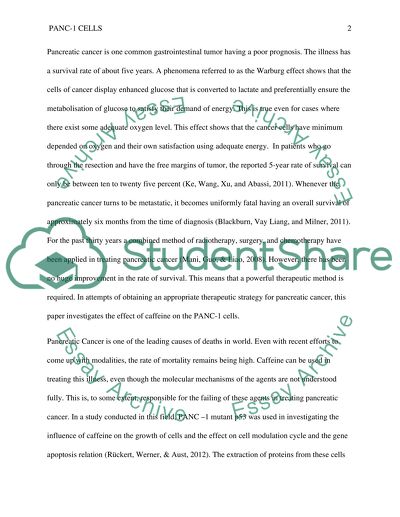Cite this document
(“PANC-1 cell line Essay Example | Topics and Well Written Essays - 1250 words”, n.d.)
PANC-1 cell line Essay Example | Topics and Well Written Essays - 1250 words. Retrieved from https://studentshare.org/biology/1633646-panc-1-cell-line
PANC-1 cell line Essay Example | Topics and Well Written Essays - 1250 words. Retrieved from https://studentshare.org/biology/1633646-panc-1-cell-line
(PANC-1 Cell Line Essay Example | Topics and Well Written Essays - 1250 Words)
PANC-1 Cell Line Essay Example | Topics and Well Written Essays - 1250 Words. https://studentshare.org/biology/1633646-panc-1-cell-line.
PANC-1 Cell Line Essay Example | Topics and Well Written Essays - 1250 Words. https://studentshare.org/biology/1633646-panc-1-cell-line.
“PANC-1 Cell Line Essay Example | Topics and Well Written Essays - 1250 Words”, n.d. https://studentshare.org/biology/1633646-panc-1-cell-line.


